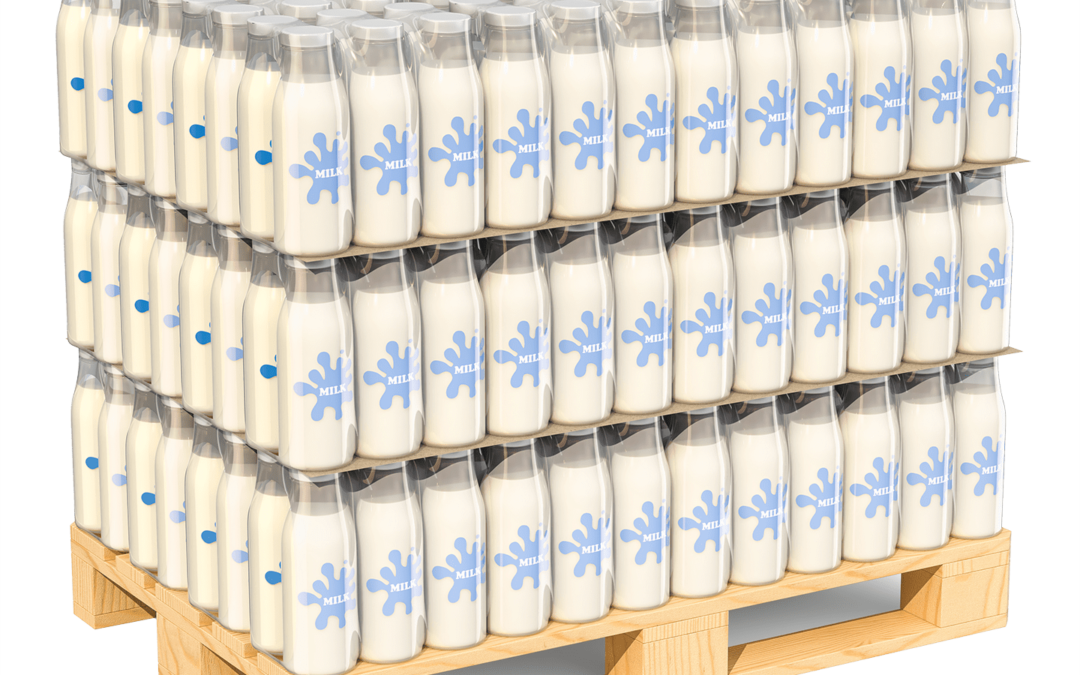Sustainable Shrink Film Packaging
When we talk about sustainability with respect to plastics, the concept often meets skepticism. After all, most people think, “how can plastics be sustainable?” However, these assumptions relative to environmental impact are not accurate. Sustainability is a process, not a goal, and there are many difficult decisions to make during that process.
According to a study completed by Franklin Associates in January 2014, titled IMPACT OF PLASTICS PACKAGING ON LIFE CYCLE ENERGY CONSUMPTION & GREENHOUSE GAS EMISSIONS IN THE UNITED STATES AND CANADA, plastics in packaging lead the way in reducing greenhouse gas emissions and energy use with respect to life cycle energy consumption.
When compared to materials including glass and paperboard, the study concludes:
“On a US national level, to substitute the 14.4 million metric tonnes of plastic packaging in the six packaging categories analyzed, more than 64 million metric tonnes of other types of packaging would be required. The substitute packaging would require 80 percent more cumulative energy demand and result in 130 percent more global warming potential impacts, expressed as CO2 equivalents, compared to the equivalent plastic packaging.”
What is actually amazing, is that flexible shrink film packaging can greatly reduce cost of freight as well as its impact on our environment. For example, one skid of product using shrink film to secure it could replace up to 40 skids using corrugated boxing. What we can do to help the environment then is to move to more sustainable packaging material.[/vc_column_text][vc_empty_space][vc_column_text]
Strategies to Improve Shrink Package Sustainability
- Achieve Meaningful Source Reduction and Savings with Thin-Gauge Films
Using thin gauge films provides down-gauging opportunities for packages using 50-60-gauge polyolefin or heavy-gauge polyethylene shrink film. These films use up to 50% less material than heavier polyethylene while delivering superior productivity and aesthetics. Some packages are NOT suited to thin-gauge shrink film, but many times you can reduce materials by up to 25% (and save 20% or more in cost) by down-gauging 60-gauge applications to 50- or 45-gauge options.
- Eliminate PVC Shrink Films with Polyolefin Films
PVC replacement is currently a corporate packaging initiative at many large CPG and retail organizations. Switch from PVC to polyolefin films, which are competitively priced, chemically inert films that can run on existing PVC equipment. These films eliminate concerns over chloride, a toxic substance. Unlike PVC, they won’t emit fumes in the manufacturing process, corrode equipment or deteriorate into harmful components when landfilled.
- Reduce Secondary Packaging with Printed Shrink Film
Packaging multi-packs? Use colorful printed shrink film to eliminate trays or labels. You’ll achieve as much as 60% reduction in packaging materials. * Plus, you could enjoy labor savings anywhere from 30%-50%. Why? Shrink wrapping takes less energy to manufacture, and shrink wrap uses less material per pallet. More packs per pallet means there are fewer pallets shipped with shrink film. This in turn results in lower fuel costs for transporting since there is a reduction in forklift operation and manual labor. *Figures derived from recent commercial packaging applications.
- Use a High-Abuse Film to Reduce Corrugate and Other Packaging Materials
Ultra-strong, high-abuse, clear display film is ideal for replacing corrugate cartons, chipboard and heavy-gauge polyethylene. One roll can replace more than 600 corrugated cartons and replace about a pallet of knocked-down corrugate boxes at retail.
- Right-Size Your Roll Size and Packaging Widths
Traco offers many options to help you reduce waste material and lower your manufacturing impact. We offer custom roll packaging configurations that eliminate shipping materials, efficiency packs that reduce changeovers and allow you to use only the film you need.

